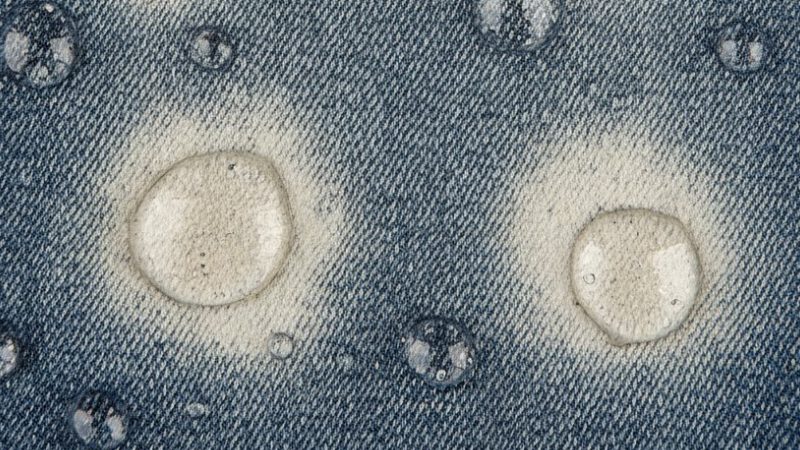Cut chemicals, heat, and effluent color – without sacrificing brightness. Our enzyme-enabled biobleaching generates oxidants in situ and directly oxidizes chromophores, delivering near-standard whiteness under milder, fiber-friendly conditions. Applicable across cotton, other cellulosics, recycled fibers, and pulp & paper lines – ready to integrate into existing preparation and recycling trains.
Background
Conventional bleaching in textiles and pulp & paper relies on high-alkali peroxide or legacy hypochlorite, driving energy use, fiber damage risk, and colored effluents that are costly to treat. Industry reviews highlight persistent challenges in removing color (and AOX where relevant) and call for lower-impact routes. Enzymatic solutions – biobleaching, enzymatic deinking, and bioremediation – are emerging for both sectors, improving brightness and reducing color while enabling milder conditions.
Technology
acib offers two complementary enzymatic modalities that fit into current unit operations. First, in-situ oxidant generation: CDH converts benign di-/oligosaccharides – including streams available from desizing – into H₂O₂ directly in the bath. In cotton trials, CDH delivered brightness around 92 (≈ near the alkaline standard ~93), and simple process tweaks such as a brief pH shift or TAED activation halved bleaching time, enabling lower temperature and cleaner effluents. Second, direct chromophore oxidation: laccases target native flavonoids in cotton (e.g., morin, rutin, quercetin, luteolin), reducing yellowness before or alongside peroxide stages. We’re able to extend the same toolbox to pulp & paper: CDH-based color removal in tertiary effluent treatment, enzyme-assisted brightening of recycled fibers, and synergy with established enzymatic deinking trains – engineered around oxygen transfer, mediator/activator choice, and fiber-strength retention.

